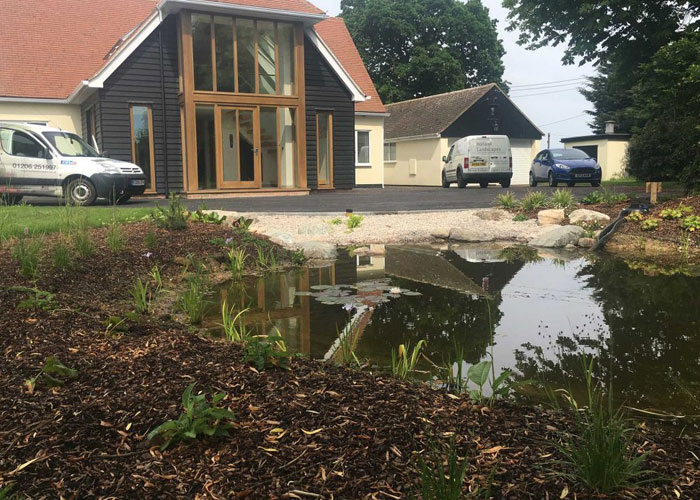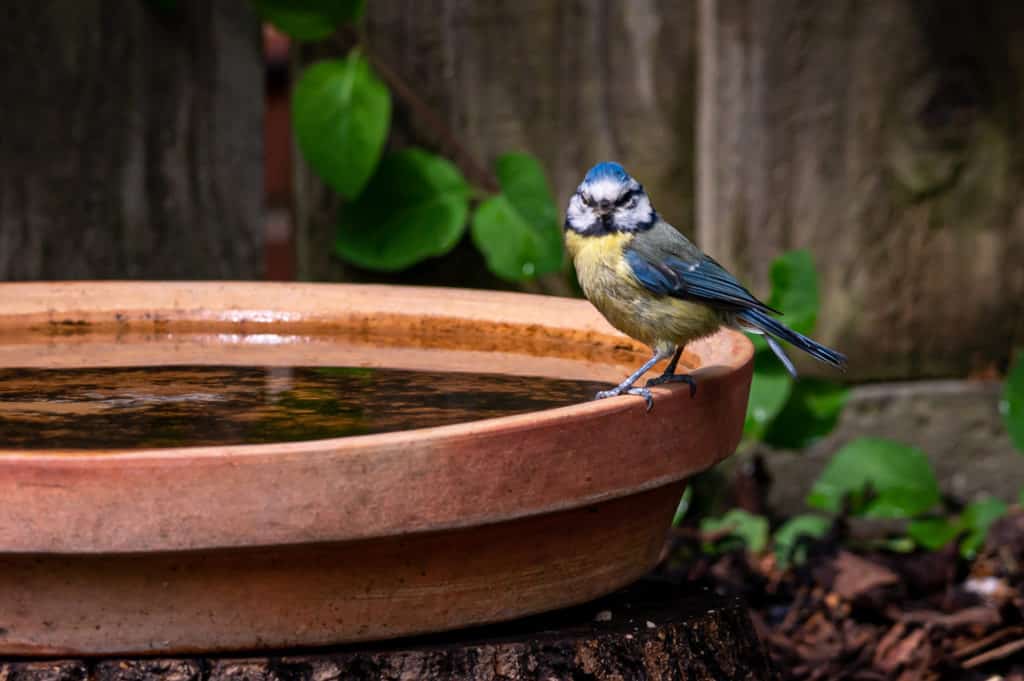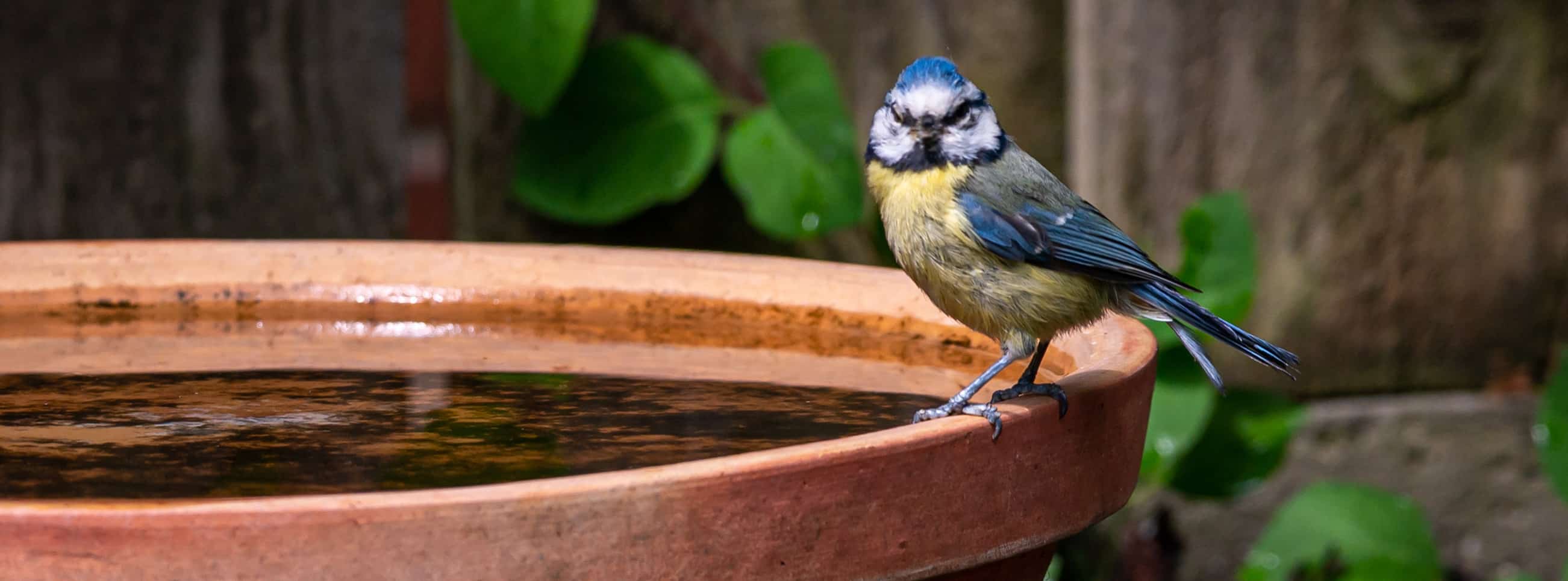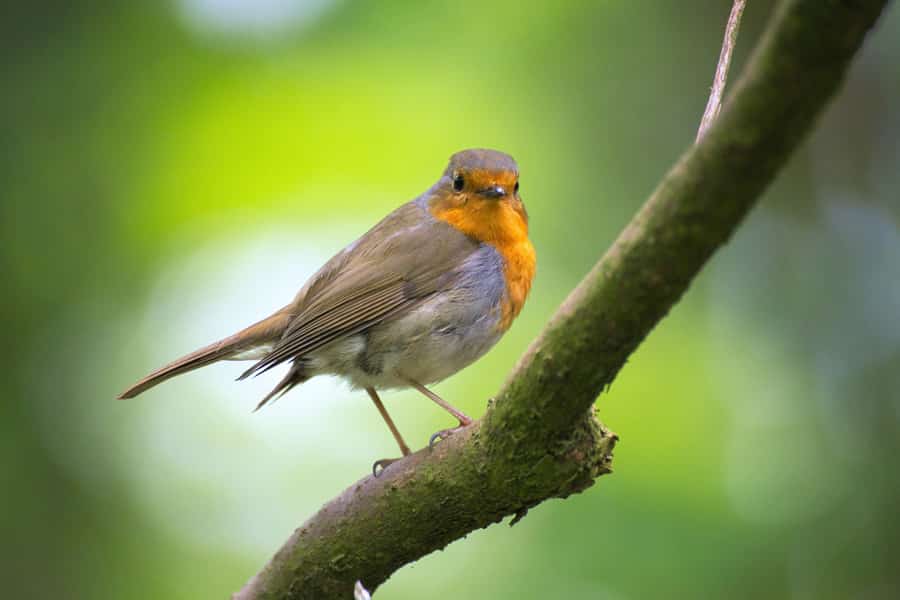30 Nov Building a winter wildlife garden
Wildlife watching is never more satisfying than in wintertime. Here are our tips on building a winter wildlife garden so that you have plenty of birds and mammals to observe.
Your garden has the potential to be a haven for you and your family as well as for wildlife. So what’s not quite working as it should? Start by thinking about what’s missing – what does your garden need to make it better?
What’s missing in your garden?
Before you start any garden makeover, there’s lots to consider. Start by asking yourself these 5 simple questions to help you identify what needs to be in your garden and what’s missing.
Who would you like to use your garden? Birds, pets, children, young adults, older people, butterflies, bees – the postman?
What does each of those garden users need? Shelter, food, water, play space, relaxation space, privacy?
When is the garden most likely to be used by each group? Summer? Winter? Daytime? Evenings? And what will it be used for? Eg solitary bees will use the garden for nesting and foraging in summer but they also need somewhere to hibernate during the winter months.
Where is the best place to place wildlife-friendly features for winter? Bug hotels and hedgehog houses will need an undisturbed spot but you might want to put a bird feeding station where you can see it from the window.
How will you combine all of those features into a beautiful garden that’s people-friendly as well as attractive to wildlife?
Designing your winter wildlife garden
Before you can start landscaping, you need a garden design. You need to know where each of your features will sit in the garden. And you need to plan how you will get from one to the other.
Will you opt for a contemporary look with straight lines? Or do you prefer soft curves?
Which materials and colour schemes appeal to you most?
Last, but by no means least, what will you plant in your wildlife garden? Remember that you need all year round interest for you and for the creatures you are hoping to attract.
The whole garden also needs to be easy for you to maintain – choose materials and plants wisely!
Here are our top 10 features for a winter wildlife garden (In no particular order)

A wildlife pond is a great way to attract birds, mammals, and insects to your garden all year round
- Natural lawn – many species like to forage for insects on the lawn. Blackbirds and thrushes
- Hedge – a great place for overwintering insects and a good windbreak for you too. Native species will supply berries to feed hungry birds in winter.
- Bird feeding station – position this on a patio or hard standing with a nice path leading to it. It’s easier to top up the feeders that way plus you can sweep away any spillages that might attract vermin.
- Pond or water feature. It doesn’t have to be huge but a nicely planted water feature will bring all sorts of wonderful creatures to the garden. All living things need water to drink and a wildlife pond supports life all year round.
- Log pile. Placed somewhere discreet, a log pile with different sized pieces of wood provides a fabulous place for insects and molluscs to overwinter. These are the creatures that will bring birds to your garden next spring.
- Never overlook the importance of trees. They may not look much in the winter but you’ll be surprised at what is nestling in the cracks and crevices. Having somewhere safe to perch and check for danger is vital for birds. Watch how they do a little risk assessment before descending to the feeding station.
- Seating area – for you. A nice sheltered spot where you can sit and listen to the birds. Take a blanket and a hot drink, light the fire pit, and enjoy the peace.
- Biodiverse planting beds. Provide a wide range of plants all year round. You can create a lot of interest for yourself with berries, foliage, and stems, and for insects and birds, you’ll be supplying winter food and shelter.
- Compost heap. Instead of throwing all of those grass cuttings, fallen leaves, and vegetable peelings in the bin – create your own compost heap. The wildlife will love you for it – and so will your garden when you add lovely rich (FREE!!!) compost to your soil.
Allow plenty of time for your garden to develop
The best winter wildlife gardens take time to develop. Yes, you can certainly do things today that will help birds get through the winter, but if you want to create a true winter wonderland for wildlife, plan ahead. Start by building the garden infrastructure as soon as the weather allows you to. Get paths and patios laid early in the year and then settle in some wildlife-friendly plants.
If you want your winter wildlife garden to be spectacular next year – talk to your landscaper this week. Remember – the best landscapers have a waiting list so it’s wise to get in early!
5 things you can do today to help winter wildlife

- Put out a shallow bowl of water and freshen it up every day – especially on frosty days
- Create a bird feeding station with a wide variety of food and feeders
- Resist the temptation to tidy beds and borders – some of those hollow stems probably have beneficial insects hibernating in them. Believe it or not, ivy is one of the best wildlife plants there is. Avoid pruning it too hard.
- Plant some evergreen shrubs such as laurel or viburnum to provide shelter. If you’re still working on your garden design – these will be perfectly happy in containers.
- Contact a garden designer or landscaper to discuss ideas for improving next year’s winter garden.
Useful links for wildlife gardeners
Contact Holland Landscapes for wildlife garden design and build services
How to save money by planting in winter time





Sorry, the comment form is closed at this time.